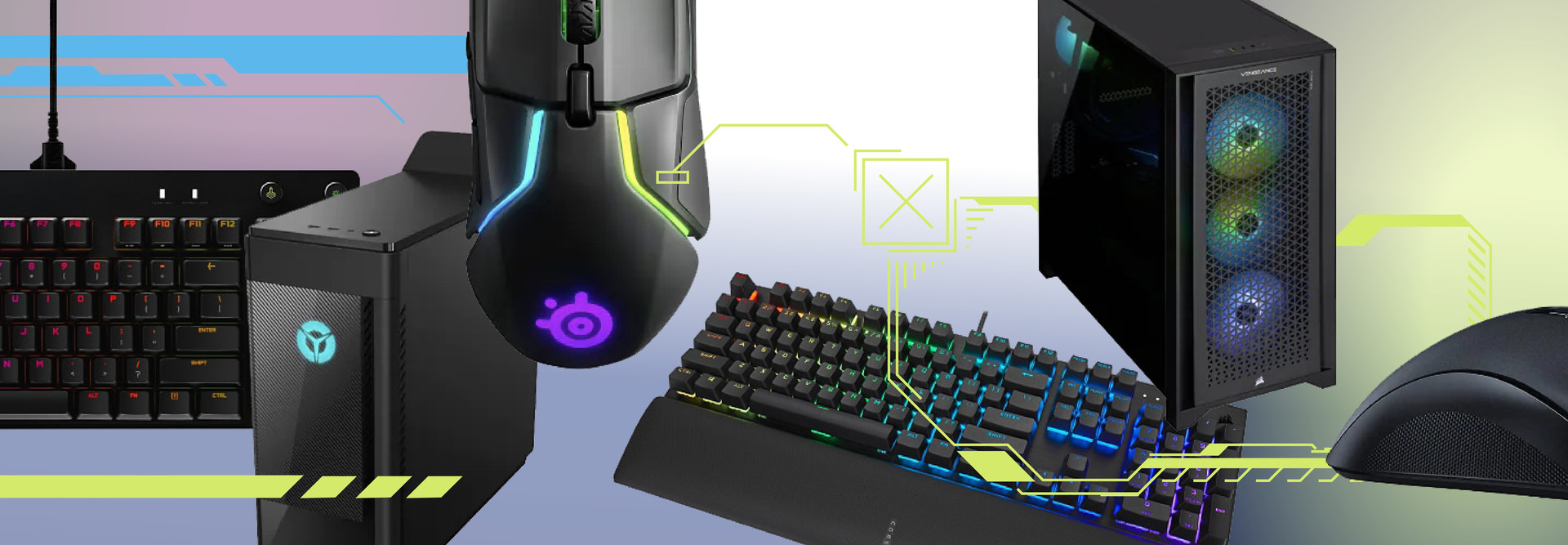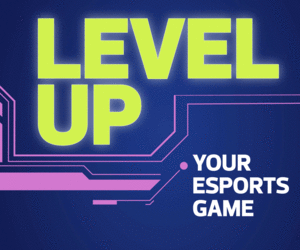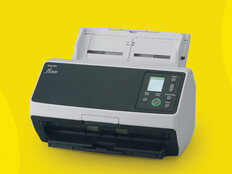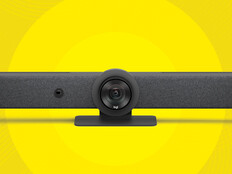High-Quality Graphics Cards Let K–12 Teams See the Difference
Graphics cards — and their memory — are crucial for esports athletes because they affect the games’ resolution (what players see on the screen). Higher quality graphics cards improve the frames per second and make a gamer’s experience run more smoothly. If a graphics card can’t keep up with a game, the athlete is automatically at a disadvantage compared with a player who has a more advanced setup and better graphics. This is because a lower FPS causes graphics lag and reduces the responsiveness of the athletes’ controls, so all of their actions happen on a slight delay.
K–12 esports programs may choose to level up their tech by installing a more advanced graphics card. This gives the team a competitive edge with a better frame rate, more responsive controls and an overall smoother gameplay experience.
LEVEL UP: Upgrade your esports team to become more competitive and support student success.
When it comes to graphic cards, the market is dominated by two companies: Nvidia and AMD. Determining the right card for an esports program depends on the team’s needs and budget, perhaps more than any other piece of equipment we highlight here. Coaches should examine the standards and requirements of the games their district will participate in.
There are also advanced graphics card options for teams looking to make a big impact, like PNY’s GeForce RTX 3070, combining a graphics card with multiprocessors, fans and memory.
Prebuilt Gaming Computers Allow Any K–12 Player to Get in the Game
For K–12 esports coaches who don’t want to worry about upgrading their graphics cards separately, there’s another option: a prebuilt system.
“The major benefit of buying a prebuilt is it’s all in the box, ready to go. You literally just need to take it out and plug it in,” says Whetherholt.
These systems can be especially beneficial for K–12 districts that want to level up their programs but don’t have the time or knowledge to upgrade existing systems. The key is finding the right power level to balance budgets while empowering esports athletes to excel in their arena. Here are three options for coaches to consider:
The Lenovo Legion T5 is a powerful computer, with a strong graphics card in the GeForce RTX 2070 Super (16 gigabytes). It’s a cost-friendly option for K–12 budgets.
The Corsair Vengeance series is stacked with game-improving specs, thanks to some of the latest hardware from AMD and Nvidia.
One major appeal of ASUS gaming desktops is that the company makes many of its own parts, which allows schools to select from a wide range of options in the ASUS ROG Strix series.
READ MORE: Leverage powerful partnerships to support successful K–12 esports programs.
Aim for the Advantage with Gaming Mice for K–12 Players
Precision is essential for any game, making gaming mice a vital component for an esports competitor. What distinguishes a high-performance mouse can vary among players and games, but there are three common factors to consider.
First, standard competitive mice have six buttons: two primary click buttons (left and right), two side buttons, a clickable scroll wheel and a DPI switch. These buttons help players control every aspect of their game, including quick weapon switching, reloading, scoping, healing, enabling voice chat, adjusting in-game screen angles and moving in various ways. Depending on the game, the buttons can be programmed to perform different functions. Gaming mice can also be used by content creators to control media functions, launch programs, control volume, copy and paste, and more.
Second, a gaming mouse’s sensitivity to dots per inch (DPI) enables in-game actions to register at faster speeds. The more quickly actions register, the more responsive games are. This allows players to compete at higher levels against better opponents.














